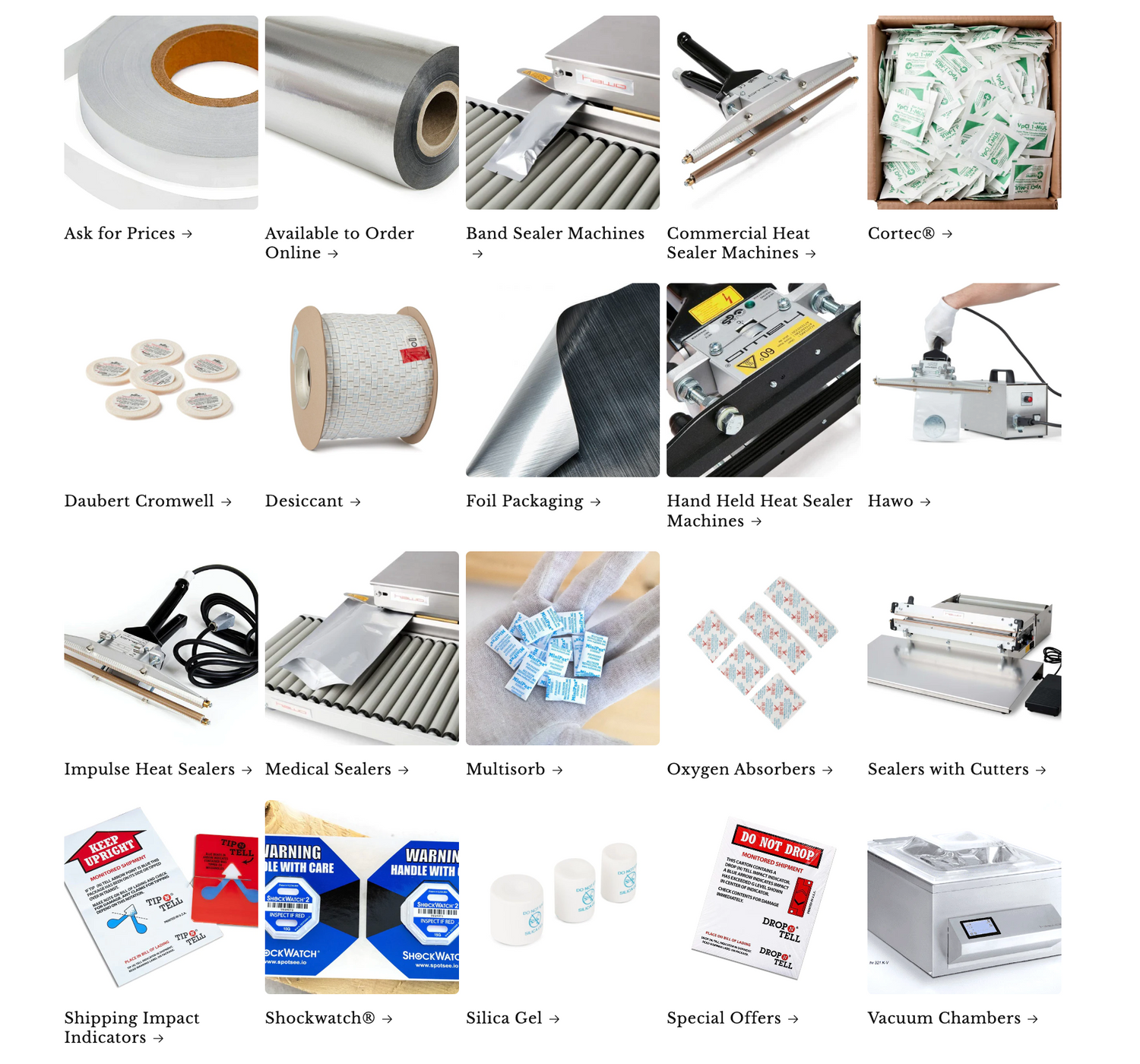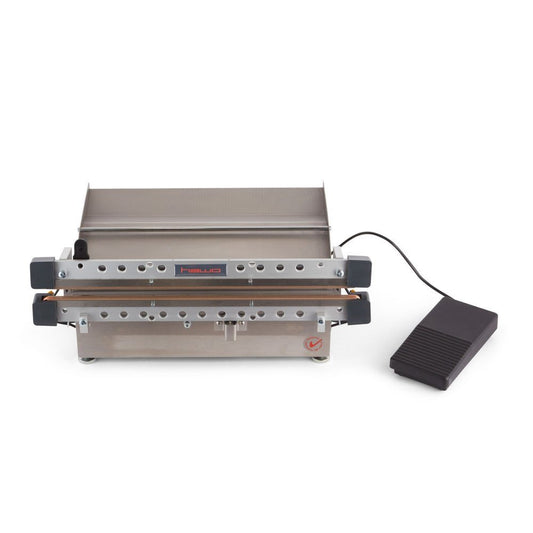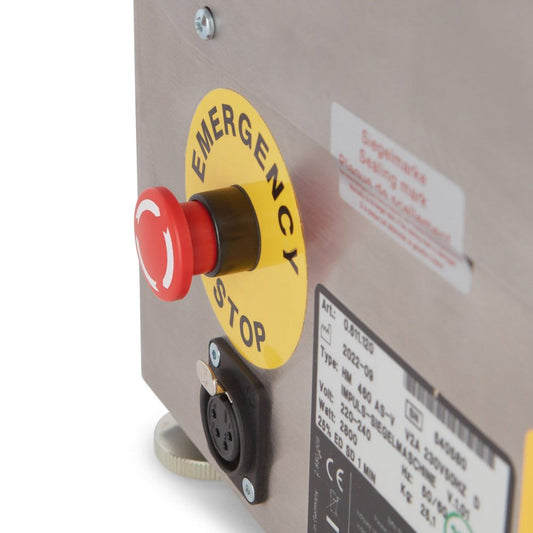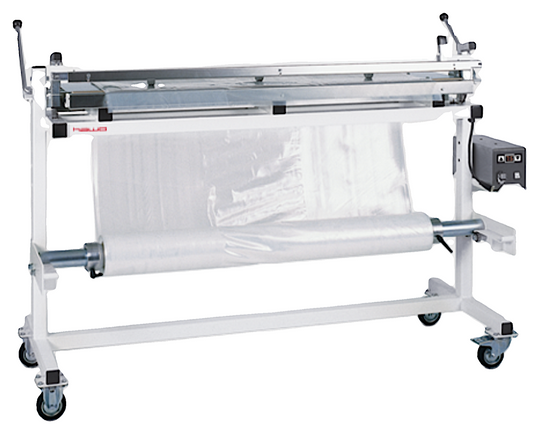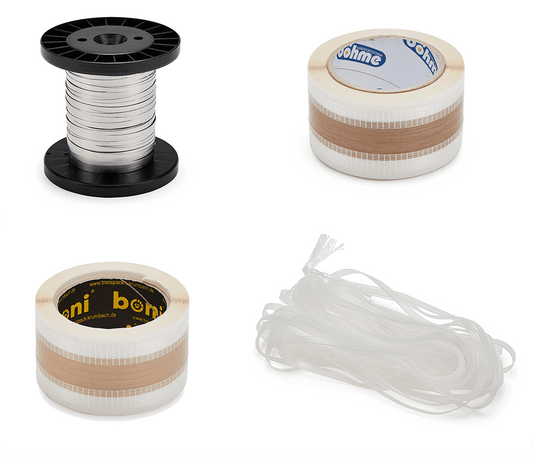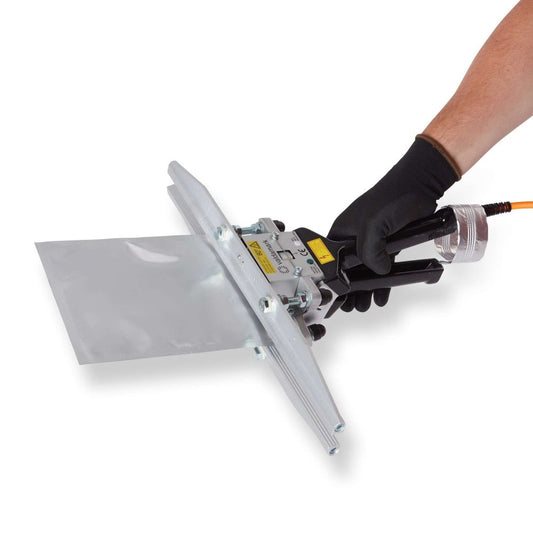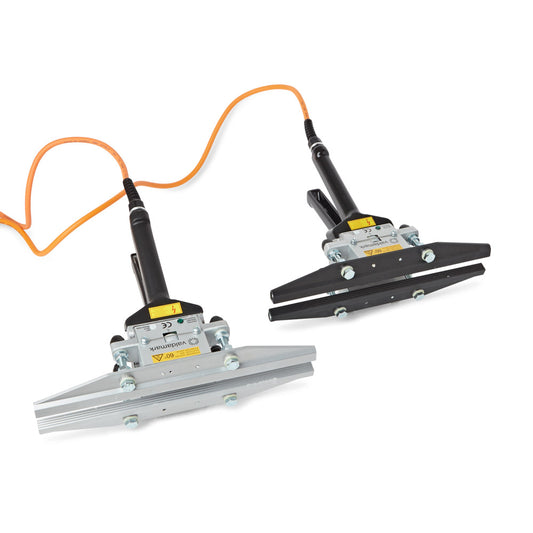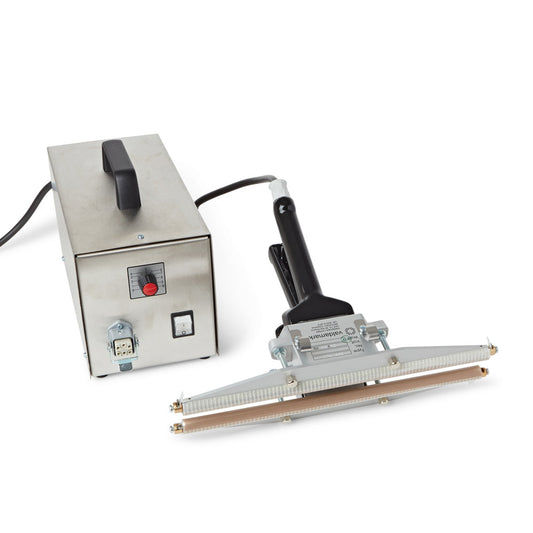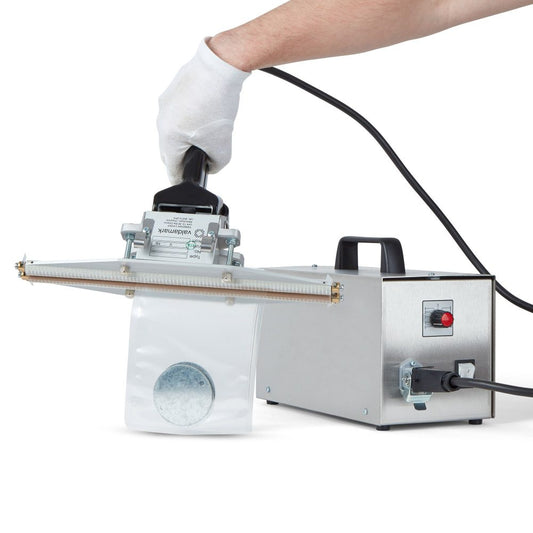A supermarket in Chiangmai, Thailand has chosen to replace its plastic packaging with 100% natural banana leaves! What an alternative!

The banana leaves have proven to be a viable solution for bundling a variety of vegetables. The new packaging has created a bit of a social media craze with many shoppers turning to their accounts to post pictures of the new eco-friendly plastic packaging alternative.
Many other supermarkets have decided to either experiment or adopt the idea, including other major chains in Vietnam like Lotte Mart and Saigin Co-Op.
Lotte Mart has commented that they are still in the testing phase but hope to replace plastic packaging outright with banana leaves in the near future and across all their stores.
Interestingly they are looking at the viability of using the banana leaves not just on vegetables but other fresh products like meat.
As you can imagine, the move has led to praise from many customers. One commented that the innovative banana packaging is encouraging them to buy larger quantities of fresh produce as well as making them more aware of the environmental impact of MET PET packaging.
VN Express, another major chain in Vietnam has also commented that the move is a welcome addition to the numerous trials they are conducting to reduce plastic packaging waste locally. VN has recently introduced biodegradable bags to replace foil bags for their corn powder products.
Unfortunately, Vietnam has an unenviable record of being fourth in the world for dumping the most amount of plastic packaging waste into the ocean. About 2,500 tons go into the sea daily.
There is some hope though that it seems to be a growing trend in Asia that single-use packaging is being banned or phased out. South Korea has recently banned single use plastic bags in line with many western countries. They also require stores to provide recycling containers to customers.
Singapore has launched a public awareness campaign to reduce the use of plastic bags whilst in Taiwan shops now charge for single-use plastic bags.
China has witnessed a 66% fall in the use of plastic bags since 2008 when they banned ‘ultra thin’ formats.
Asian Market replaces Plastic Packaging | What Other SE Countries Do in Favour of Sustainability?
Countries are searching for creative ways to track and monitor plastic flow onto land, into rivers, and regional oceans as the plastic pollution catastrophe grow.
With varying degrees of success, governments have implemented legislation and market-based tools to address the issue. The members of ASEAN, an intergovernmental organisation for Southeast Asian nations, are now seeking ways to customise these strategies for their own needs.
In order to effectively reduce plastic waste in the oceans, countries need a multifaceted approach that includes well-thought-out laws, regulations, and incentives. The effects of single-use plastics and other types of improper disposal also require greater public understanding.
Educating people about alternatives and responsible practices is key in order for individuals to make better lifestyle choices that ultimately benefit everyone involved. This includes future generations facing a growing ocean plastic crisis. It’s time for governments around the world to recognize this reality which can no longer be ignored.
Regional Collaboration
Globally, businesses and the government recognise the need for greater regional collaboration to stop marine pollution caused by land-based activities. ASEAN created and released an agreement called the Bangkok Declaration on Combating Marine Debris in 2019.
This agreement places responsibility for preventing marine pollution in countries that share rivers and coastlines in Southeast Asia as well as within integrated regional markets for plastic products and plastic waste management. This powerful example shows what can happen when South East Asian nations come together to form tangible solutions for impacting global change – a shining example for all.
The good news is that the ASEAN member states are now taking steps to remove and reduce plastic pollution from their environment. Two years ago, an action plan was formed to assist countries in strengthening and harmonising policies related to plastic production and use.
Grant from World Bank
The World Bank recently authorised a US$20 million grant to assist the 14 priority actions in this plan. In order to make sure these initiatives are effective, some countries such as Cambodia and Indonesia have implemented innovative technologies. These technologies include drone monitoring and baseline assessments of plastics discharge into rivers and regional seas.
Other countries are experimenting with market-based instruments like taxes on plastic bags, bans on plastic products, or bottle deposit refund schemes. Overall, it is clear that ASEAN countries have identified the problem of plastic pollution in the region. They are working towards solutions that other nations can adopt as well. Hopefully, in the future, more people will understand the importance of cutting down on single-use plastics.
Private Sector as a Powerful Force
As our society struggles to find solutions for plastic waste, the private sector is becoming an increasingly powerful force. Governments around the Southeast Asia region are exploring policies such as extended producer responsibility, which requires companies to take responsibility for what they put on the market – and this includes ensuring that appropriate collection and recycling of plastics takes place after use.
The solution will require a shift in how people use plastic. It includes the need to reshape production cycles. How can manufacturers contribute to this cycle? By designing products that minimise waste, and creating new uses for plastic by repurposing, reusing, or recycling.
It’s not just about changing materials either. Innovation throughout the plastic value chain is key. Be it alternative materials like seaweed-based products, sustainable packaging like coconut husks instead of Styrofoam, or riverine technologies to capture toxic chemical containing packaging by products before they reach our oceans.
Similarly, innovative finance mechanisms such as blue finance are being developed to help facilitate such initiatives. A collective effort between public and private sector investment fuels these changes, helping us make headway toward more sustainable plastic management.
